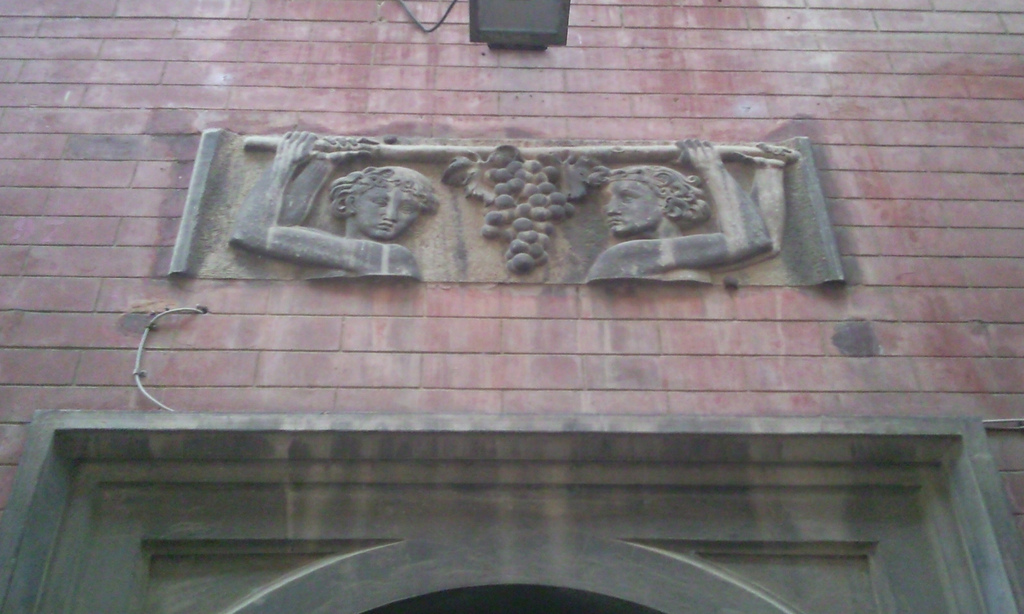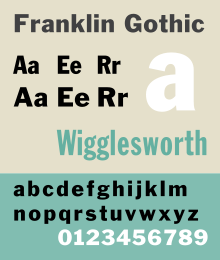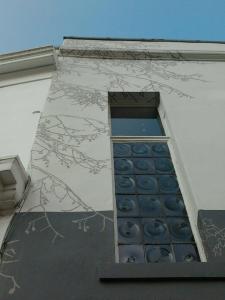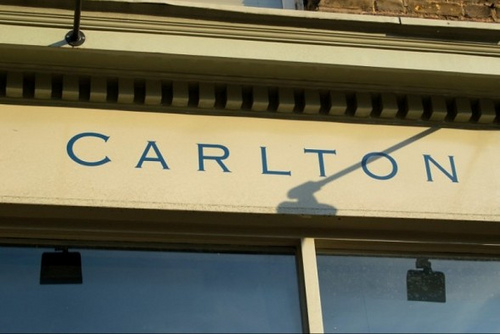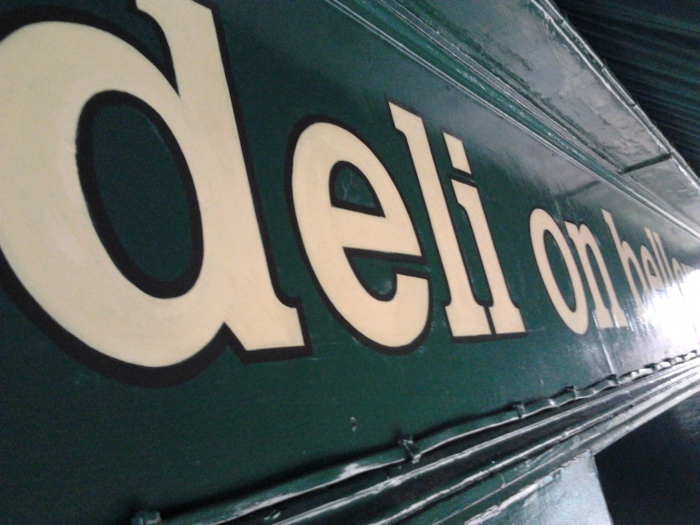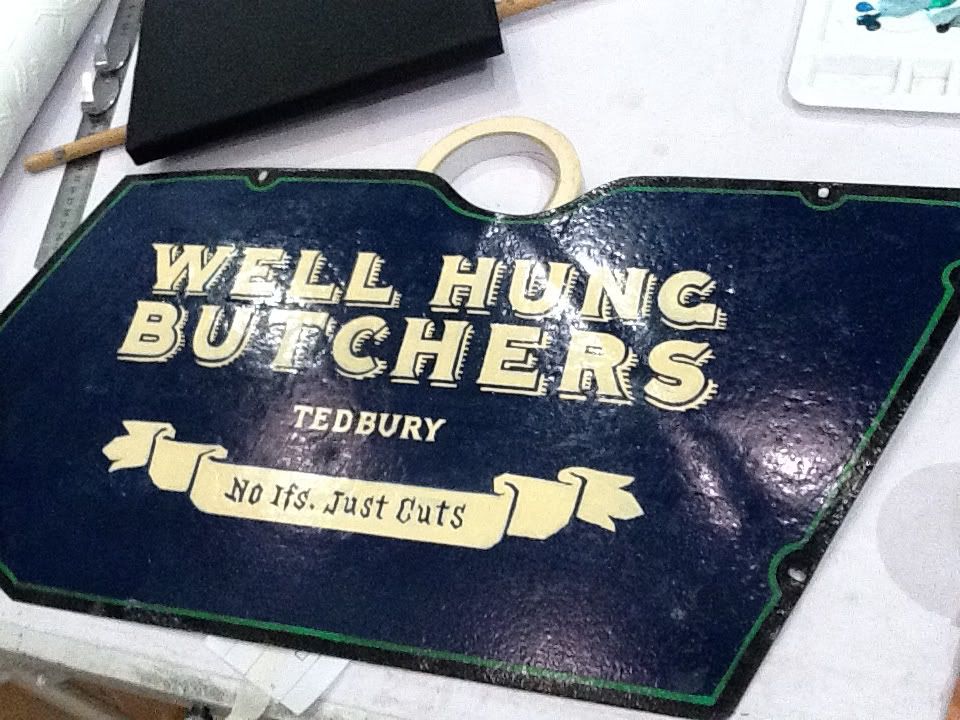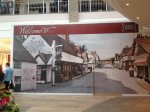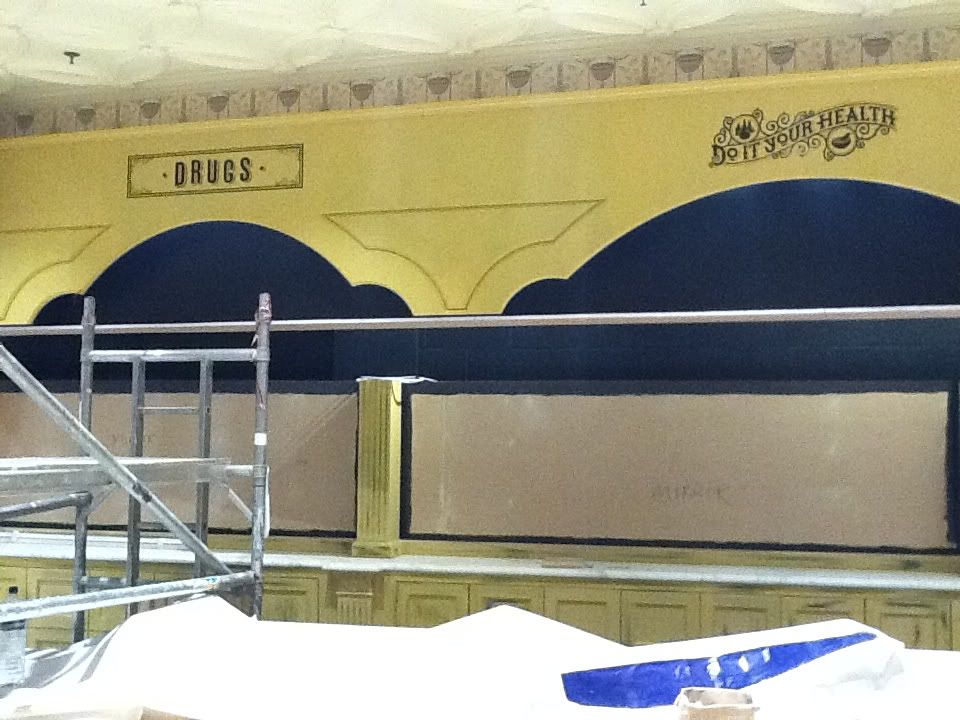The most important typography designer of our time, MATTHEW CARTER (1937-) is one of the few designers whose work is used by millions of people every day. Having devoted the first half of his career to typefaces for use in print, such as Miller and Bell Centennial, he then pioneered the design of fonts for use on screen, notably Verdana for Microsoft.After leaving school, Matthew Carter spent what was intended to be his gap year at the Enschedé type foundry at Haarlem in the Netherlands learning how to making type by hand; that is, carving the steel characters that would be punched into copper matrices for the casting of lead type. This process was more or less commercially obsolete, and most Enschedé interns spent their year working around the various departments of the printing works. Carter’s decision to remain in the type foundry gave him a peculiarly intense vocational training that was in some ways anachronistic.
Half a century later Matthew Carter is not only the most successful, but also the archetypical contemporary typographer in his embrace of what he describes as the “wonderful pluralism” in the setting of text for print and the screen.
Born in London in 1937, Carter was introduced to type by the work of his father, a typographer, book designer and type historian. Five years after his arrival at Enschedé, he made a visit to New York, which set in motion his transition from a type-maker to a type designer. Amazed by the progressive, creative typographic compositions of Herb Lubalin, Milton Glaser and other luminaries of New York’s commercial art scene in 1960, Carter returned London, a city in which no contemporary sans serif type was yet available to their London counterparts.
Carter eagerly worked with Alan Fletcher, Colin Forbes, Bob Gill, Derek Birdsall, David Collins and other 1960s heroes of Britain’s fledgling graphic design industry to produce several sans serif faces, including one for the new terminal at Heathrow Airport. After a few years as a freelance typographer in London, he moved to a job at Mergenthaler Linotype in New York designing new typefaces for photocomposition, including Snell Roundhand – a script that perfectly illustrated the comparative virtues of photosetting.
After moving back to London in 1971, he worked for ten years as a freelance designer continuing to produce designs for Linotype companies. It was during this period that he designed Bell Centennial, the typeface commissioned in 1974 by the telecommunications company AT&T, with an outstandingly exacting technical brief, for its telephone directories and which is still in use.
In 1981 Carter and three colleagues left Linotype and founded the type design company Bitstream in Cambridge, Massachusetts. While revenues from the sale of typesetting equipment were dwindling, they recognised a business opportunity in the design and sale of type itself. Bitstream developed a library of digital type – including Carter’s own 1987 design, Bitstream Charter – which could be licensed for use by anyone. Bitstream was highly successful during the 1980s when digital design and production, desktop publishing and personal computer use became virtually universal in the Western world.
Concerned that the business and marketing concerns of Bitstream left little time for design, Carter left in 1991 to form Carter & Cone Type with Cherie Cone. The 1990s were confident and creative years. In 1993, he designed Sophia and Mantinia, a display companion to his earlier face Galliard. Wrigley, designed for Sports Illustrated, was described by the art director as “an Egyptian [slab serif] with a 90s feeling”, nicely alluding to Carter’s ability to combine classic qualities with a contemporary aesthetic. Three leading news publications – Time, Newsweek and US News & World Report – commissioned Carter with no fear of conflict of interest. This phenomenon demonstrates the truth of Carter’s sense of his role as an artisan, creating letters that satisfy a publication’s needs of authentic authorial expression, word count and printing technique. The magazines knew they were not commissioning a designer with a detectable style but a profoundly skilled craftsman responding to unique circumstances.
As one of the last people to have learned the art of making metal type by hand, Carter knows letters with greater intimacy than most; not just the form of the letter but its counterform, the whole volume of space occupied by the letter, as well as the implications for the space it shares with the next letter and the whole combination of letters on a page. Carter has compared the design process to knitting: beginning with an h and an o, which give the height of ascending strokes and the curves, and applying the decisions made about these “control” characters to the rest of the alphabet. Meanwhile, he cites the laser-printer as the most revolutionary technological innovation available to his trade. “Quality is got at the proofing stage” he says, and confesses to burning up reams of paper “in the passage from the ridiculous to the sublime” which unites all creative endeavour. “For the first time in 536 years a type designer could see what he or she was doing”.
Carter’s outstanding knowledge of type and its history has not led him to be fastidious or conservative in his attitude towards the democratisation and instability of type in the digital environment. Rather the opposite: Carter has said of the early 1990s plethora of typographic experiment, particularly from schools like Cranbrook and CalArts, “I can’t think of any period in the history of typography when I would rather have been at work”. A degree of pastiche implied by the names he gave his adaptations of classic typefaces like Bodoni (Postoni) for the Washington Post and Walbaum (Wiredbaum) for Wired are clues to this absence of prejudice. But where the artisan Carter seems most uninhibited and radical is Walker, his 1995 proprietory typeface for the Walker Art Center in Minneapolis.
In response to the Walker Center’s eclectic approach to visual language, performing arts and media, Carter proposed not a logo, but a family of characters with variant horizontal rules and five varieties of “snap-on” serif. Carter was privileged to design Walker in a “controlled environment” working with a sympathetic in-house design team eager to try out the typeface in endless studies during its development. By a process that evokes the apparently self-generating proliferation and patterning of digital data, Walker anticipates complexity and inflection in a way that absolutely defined its chaos-theory-influenced time. One of the design team commented enthusiastically: “You’re not typesetting a font; the font is created in the process of designing a piece”.
The tractability of any typeface to express an authentic authorial voice has been the pre-occupation of designers since the advent of the Macintosh in the 1980s. Carter has noted a predilection among his post-graduate students at Yale for digitising handwriting – surely in pursuit of this visual and personal autonomy. Walker, meanwhile, shows Carter knowing and exercising the potential of type to express thought, language and cultural feeling with great immediacy. This is hard, he says, when “the font we have come to accept is too small”, conventionally lacking a full set of characters including not only different weights and an italic, but ligatures, small capitals, lower-case figures and distinct alphabets for titling and body text.
Galliard, designed for Mergenthaler Linotype in 1978, has all of these. It was based on Robert Granjon’s forms of the mid-16th century, discovered during Carter’s research at the Plantin-Moretus Museum in Antwerp in the 1950s and later designed for photocomposition at Mergenthaler. The exceptionally full character set of Galliard allows a text to be completely structured, with its argument physically explicit, and has made Galliard a publishing industry standard for academic books, journals and art catalogues. Meanwhile, Carter welcomes the new OpenType font format which now makes almost infinite character sets possible.
In the early years of the 21st century, Carter’s work has become so ubiquitous as to represent a sort of anonymity. North Americans look up names in Bell in the telephone book; on both sides of the Atlantic the news is read in Miller; and the whole world reads from the Web in Verdana – the typeface commissioned by Microsoft for the electronic screen which has been issued in uncountable millions of copies and is the elegant gatekeeper of a huge proportion of information.
© Design Museum + British Council
BIOGRAPHY1937 Born in London. Introduced as a child to type by the work of his father, Harry Carter, a typographer, book designer and type historian.
1955 Accepted at Oxford University but unable to start until the following year he begins an internship at Johannes Enschede en Zonen, typfounders and printers, Haarlem, Netherlands to study punchcutting for a year. Visits the Plantin-Moretus Museum in Antwerp where he assists Harry Carter and Dis Vervliet sorting collection of 16th century punches and matrices.
1956 Decides not to take up place at Oxford University. Instead, assists Harry Carter in organising a small museum about the history of Oxford University Press
1960 While working as a freelance designer and lettering artist in London, he visits New York and meets Jackson Burke, director of typographic development at Mergenthaler Linotype in Brooklyn.
1963 As Typographic Advisor to Crosfield Electronics, agents for the Photon/Luitype photosetter, he frequently visits Deberny Peignot, manufacturers of Lumitype fonts, in Paris, and meets Adrian Frutiger.
1965 Works as staff type designer at Mergenthaler Linotype, Brooklyn, New York. The best known design from his six years there is the script face designed for photosetting in 1966, Snell Roundhand.
1971-81 Works as freelance type designer in London for Linotype companies in the US, Germany and the UK.
1977 Becomes Senior Critic at Yale University School of Art in the Graphic Design MFA programme. Carter holds this position today.
1978 Completes a four year project to Bell Centennial which was commissioned by AT&T with an outstandingly exacting technical brief specifically for use in US telephone directories, where it is still used today. Designs Galliard, which was influenced by Robert Granjons’ 16th century type designs, and quickly became a publishing industry standard.
1980 Appointed typographical advisor to Her Majesty’s Stationery Office, London & Norwich, England – a post he held until 1984.
1981 Co-founds the digital type company Bitstream, Inc. in Cambridge, Massachusetts, with Mike Parker, Cherie Cone and Rob Friedman, as vice-president and director responsible for design standards. Among the most successful designs is Bitstream Charter, with its exceptionally full character set.
1991 Leaves Bitstream to co-found Carter & Cone Type, Inc. in Cambridge, Massachusetts, with Cherie Cone.
1994 Designs Verdana for Microsoft in answer to the challenges of on-screen display and to recognise the characteristics of pixel- rather than pen-rendering.
1995 Designs Sophia for the Museum of Fine Arts, Boston influenced by lettering on a Roman chalice in the Museum’s collection, and Walker, the mutable typeface for the Walker Art Center in Minneapolis.
1997 Designs Miller, based on 19th Century Scotch Roman faces. It becomes a popular choice for newspapers including the UK’s The Guardian.
2002 Typographically Speaking: The Art of Matthew Carter opens at the University of Maryland Albin O. Kuhn Gallery, Baltimore.
2004 Designs Yale, a signage typeface for Yale University, and refines the typeface for the identity of the Museum of Modern Art, New York.
© Design Museum + British Council
FURTHER READINGMargaret Rey, Typographically Speaking: The Art of Matthew Carter,
Albin O. Kun Library & Gallery, University of Maryland, Baltimore County, 2002
Ken Shulman, Matthew Carter: Man of Letters, Graphis 325, January/February 2000
J Abbott Miller, Matthew Carter: Gentleman Typographer, Graphic Design USA: 17
Moira Cullen, The space between the letters, Eye, Vol. 5, No. 19, Winter 1995
Erik Spiekermann, Reputations: Matthew Carter, Eye, Vol. 3, No. 1, 1993
Ulrich Boser, A Man of Letters, US News & World Report, Vol. 135, No.6, September 1 2003
Visit Matthew Carter’s website at www.carterandcone.com
For more information on British design and architecture go to Design in Britain, the online archive run as a collaboration between the Design Museum and British Council, at
designmuseum.org/designinbritain© Design Museum + British Council


